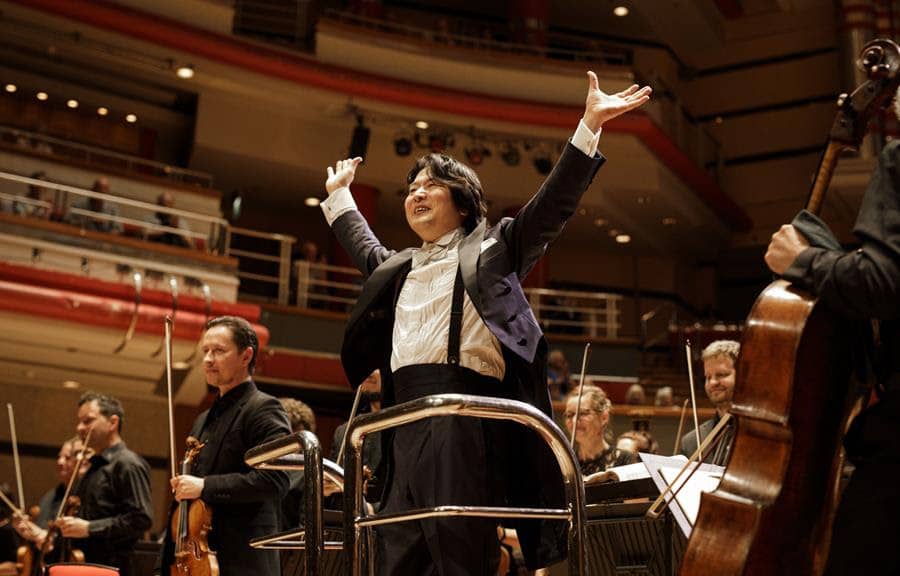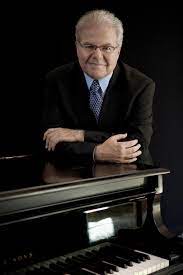Serialism was a form of music made by men for men
NewsA couple of research inquiries set me down a path to a men-only zone.
Modernism in music was invented by Arnold Schoenberg and his disciples Berg and Webern.
It was embraced as post-1945 doctrine by Boulez, Stockhausen and the Darmstadt crowd, all men.
Boulez founded IRCAM in Paris, also men only.
In America, serialism was propagated by Milton Babbitt, Leon Kirchner and Leonard Stein, with the elderly Igor Stravinsky joining their ranks.
No women of any consequence.
Why not?
Two guesses.






Comments